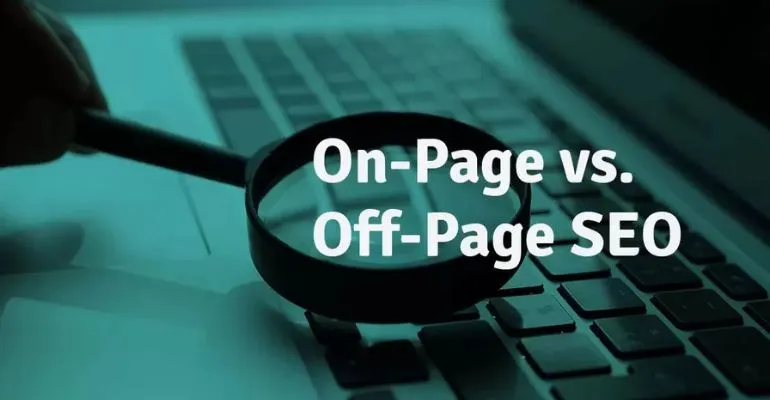Email marketing strategies that increase open rates and conversions
Introduction:
Email marketing is one of the most effective tools for engaging customers and driving sales. But getting subscribers to open your emails and take action requires strategic planning. Here are some proven email marketing strategies to help increase open rates and conversions.
1. Craft Irresistible Subject Lines
Your subject line is the first impression of your email, and it’s crucial to get it right. Aim for subject lines that are short, relevant, and personalized—adding the recipient’s name or referencing their recent actions makes it feel more personal. A/B testing different subject lines is also valuable; try variations to see which styles resonate most with your audience.
2. Segment Your Audience
One-size-fits-all email campaigns rarely perform well. By segmenting your email list, you can create tailored messages for different groups, such as new subscribers, loyal customers, or users with abandoned carts. Segmentation allows you to send relevant content, which naturally improves open rates and drives conversions.
3. Time Your Emails Strategically
Timing is essential in email marketing. Research the best days and times to send emails based on your industry and audience behavior. Most users are likely to engage in the morning or early afternoon, but testing different times can reveal your audience’s sweet spot. Tools like Mailchimp or HubSpot offer analytics to help you optimize your timing.
4. Include a Clear Call-to-Action (CTA)
Your email should have a single, focused CTA that guides readers to the next step, whether it’s making a purchase, reading a blog post, or signing up for an event. Make the CTA compelling, actionable, and visible. For example, phrases like “Unlock Your Discount” or “Get Started Today” create urgency and excitement.
5. Optimize for Mobile Devices
With most emails now read on mobile devices, ensure your email design is responsive. Use short paragraphs, large buttons, and compelling visuals to keep mobile readers engaged.
Conclusion:
Using a combination of enticing subject lines, audience segmentation, optimal timing, clear CTAs, and mobile-friendly designs can significantly increase your email open rates and conversions. A well-optimized email strategy not only boosts engagement but also strengthens customer relationships and drives long-term growth.














